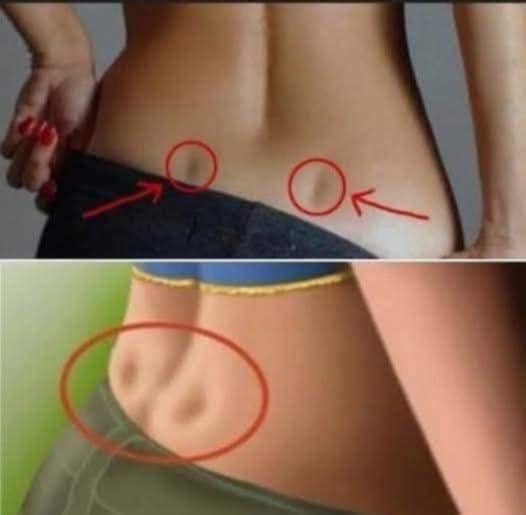
Understanding Back Dimples: Facts vs. Myths
Back dimples—those small, symmetrical indentations just above the buttocks—are caused by a visible connection between the skin and the underlying iliac bone. While they’re often associated with fitness or genetics, their presence is largely determined by bone structure, not body fat or muscle tone.
Many people believe these dimples are signs of good circulation, a strong lower back, or even enhanced athletic performance. Some go so far as to claim they indicate increased flexibility or physical prowess. However, these ideas are mostly anecdotal, with little to no scientific evidence supporting them.
What is known for certain is that back dimples are often considered aesthetically appealing. They are seen as markers of symmetry and balanced body proportions. Another common myth suggests they prevent fat accumulation in that area—but again, this is misleading. While they may appear more prominently on leaner individuals, their visibility does not reflect any metabolic advantage.
Ultimately, these dimples are purely genetic and have no bearing on your health, fitness level, or athletic ability. If you don’t have them, it simply means your skeletal structure is different—not that you’re unfit or unhealthy. If you do have them, consider them a unique physical trait rather than a health indicator.
Disclaimer:
Back dimples do not define your overall health or physical abilities. The information shared here is for general knowledge and should not be interpreted as medical advice. If you have questions about your body or health, it’s always best to consult a healthcare professional.


